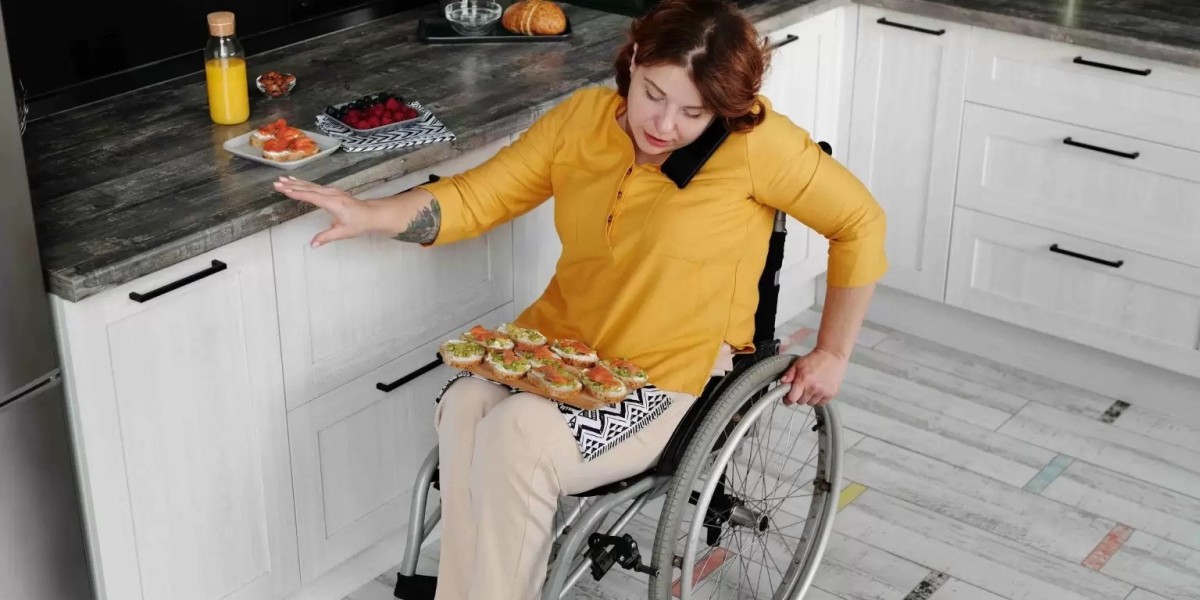Supported Independent Living (SIL) is a life-changing support for many people with disability in Melbourne. It offers 24/7 or daily assistance with personal care, cooking, household tasks, and skill development — all within a home environment tailored to your needs.
But getting SIL approved by the NDIS isn't automatic — and for many participants, it can be confusing and overwhelming.
This guide walks you through Supported independent living Melbourne and how to take the next step toward living more independently.
? Step 1: Make Sure SIL Is Right for You
Before applying, make sure SIL is the right fit. SIL is for people who:
Need help every day (and often overnight)
Cannot live safely or independently without structured support
Want to live away from family or residential care
Are working toward more independence through supported living
If you only need occasional help or live well with informal support, other options (like ILO, in-home support, or drop-in care) might be better.
?️ Step 2: Add a Goal to Your NDIS Plan
SIL is goal-driven — you need to show the NDIS that independent living is something you’re working toward.
Sample goals to add:
“I want to live in my own home with support.”
“I want to learn to cook and manage my day with help from a support worker.”
“I want to move out of shared accommodation into a supported home.”
You can work with your support coordinator or Local Area Coordinator (LAC) to add goals to your plan before making a SIL request.
? Step 3: Gather Supporting Evidence
The NDIS needs to understand why you need SIL, and how it will benefit you.
Key documents include:
✅ A Functional Capacity Assessment (from an Occupational Therapist or similar)
✅ A Daily Living Skills or Psychosocial Report (if applicable)
✅ A detailed Roster of Care (prepared by a SIL provider)
✅ Behaviour support plans (for high or complex needs)
These show the NDIS:
What supports you need
When and how often you need them
Why other options (e.g. drop-in support) aren’t enough
? Step 4: Choose a SIL Provider and Build a Roster of Care
Before applying, you’ll need to connect with a SIL provider in Melbourne who will:
Help you explore housing options
Assess your support needs
Prepare a Roster of Care (RoC) — a daily schedule showing what help you’ll receive
Common SIL providers in Melbourne include:
Scope Australia
Enabling Communities
SeenCare
Ability Assist
Jonquilla
SEWA Victoria
Tip: Visit homes in person and ask if you can do a trial stay before deciding.
? Step 5: Submit a Home & Living Supports Request
Once everything is ready, your support coordinator will help you submit a:
Home and Living Supports Request Form
All supporting reports and RoC
This goes to the NDIA (National Disability Insurance Agency), which will assess your needs and determine if SIL is a “reasonable and necessary” support for you.
? How long does it take?
Approval can take 4–12 weeks — sometimes longer. Your team should follow up regularly for updates.
✅ Step 6: Approval and Moving In
If approved, you’ll receive SIL funding in your NDIS Core Supports budget.
You’ll then:
Sign a service agreement with your SIL provider
Finalise a move-in date
Meet your new housemates (if shared)
Work with your team to settle in and adjust your support plan over time
? What If You’re Not Approved?
Don’t panic — here are options:
Ask for a plan review if you believe a mistake was made
Request a review of the decision (internal review) with the NDIA
Gather more detailed evidence and resubmit
Look at alternative options like Individualised Living Options (ILO) or Short-Term Accommodation (STA) while planning
? Real Participant Example
“It took me six months to get SIL approved, but once I moved into a supported home in Sunshine, everything changed. I now get help with meals, shopping, and I’m working part-time with support. It’s freedom I didn’t think was possible.”
— Aisha, 29, Western Melbourne
Final Thoughts: Start Your SIL Journey With Confidence
Supported Independent Living is more than just care — it’s a pathway to dignity, growth, and self-direction. In Melbourne, there are dozens of SIL providers offering a wide variety of home styles, cultural environments, and support models.
Getting approved for SIL takes planning, patience, and teamwork — but you don’t have to do it alone.









